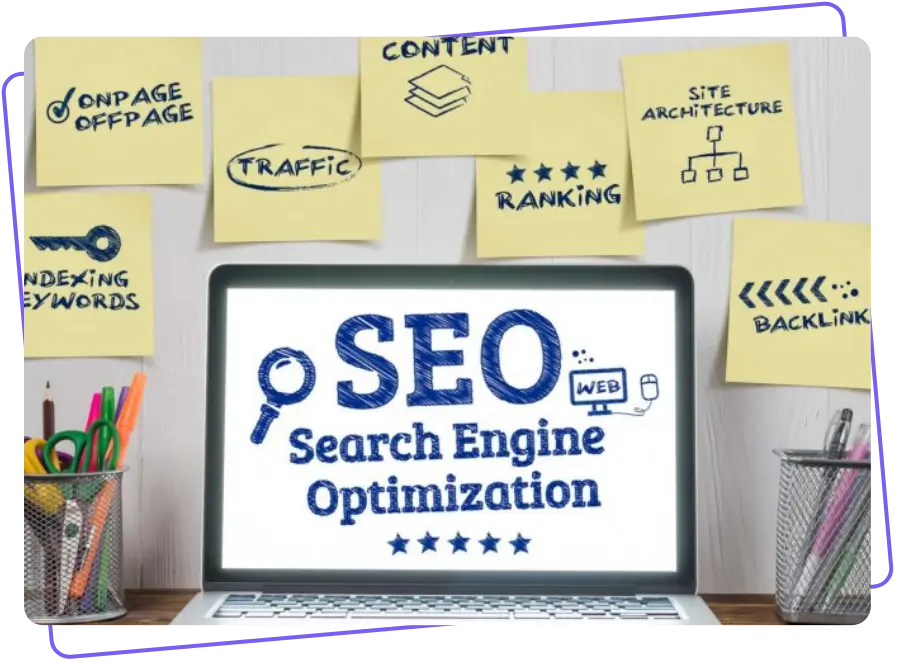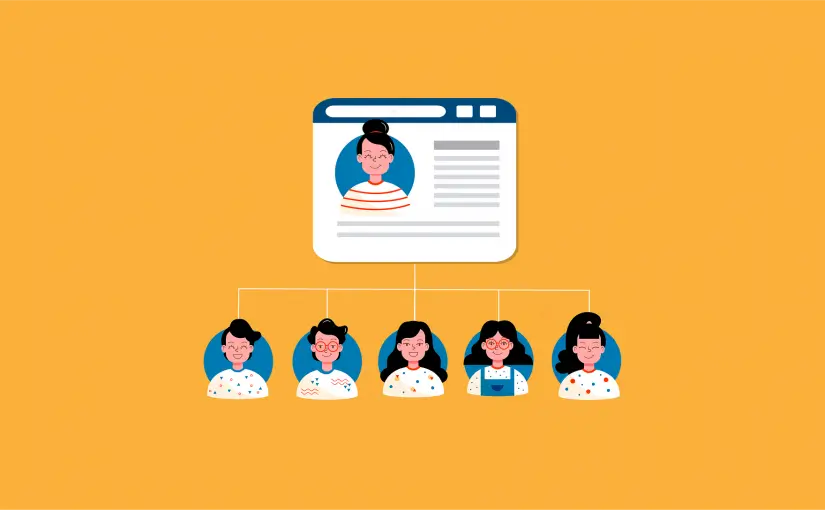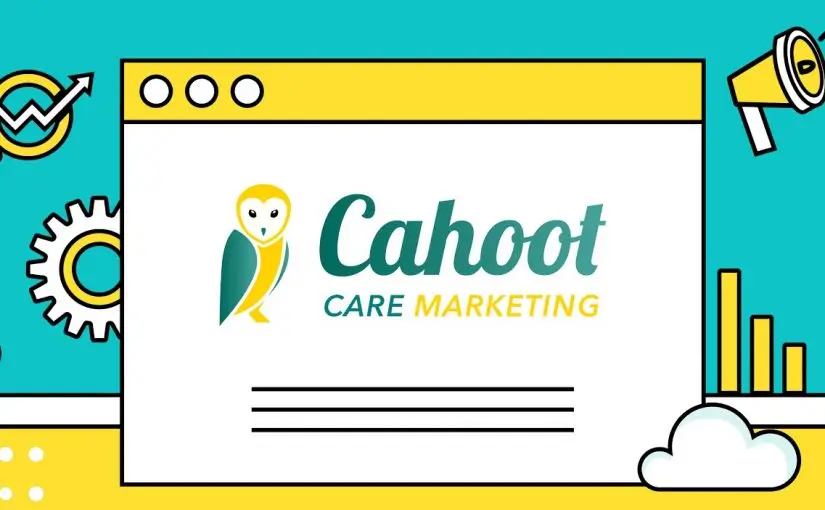What is SEO?
SEO is what ensures your website, including your blogs, get seen by the people you want to see them.
Specifically, it refers to a variety of techniques that you can use to get Google to present your web pages on page 1 of relevant search results pages.
So, when someone in need of the services you provide, pops a search into Google, you’re one of the first businesses they spot on the search results page.
Why does SEO in care matter?
In the UK, there are over 10,100 home care providers and over 17,100 care homes. How many are you competing against in your local area?
From the trusted independent care provider to the regional franchise, competition is stiff. And that’s a big part of why SEO in care matters.
If you want your business to be seen and heard above the cacophony of your competitors, you need to Google to love you. Why? Because word-of-mouth isn’t enough when over three-quarters of people look for services online as their first port of call.
What are the different types of SEO?
SEO in care, as in every other industry, can be split into 3 categories:
- On-site SEO
- Off-site SEO
- Technical SEO
On-site SEO
This refers to what’s happening on your website.
It involves making sure that your content includes keywords — terms that users pop into Google when searching for your services — in the right places.
What are the right places? Your page titles, headings and subheadings, as well as within the paragraphs that sit below these, and in your image alt text and meta descriptions (more on these later).
But beware of keyword stuffing.
Just because there are lots of great places to pop your keywords, doesn’t mean you should unnaturally cram them into all of those places. Google will penalise you for it.
You also need to make sure that your individual web pages aren’t competing against each other for the same keyword — that’s called keyword cannibalisation. The solution is to carefully map out the keywords across your website.
On-site SEO also refers to your meta descriptions (although they don’t technically appear on your website!). This short copy is what appears when your webpage appears on a Google search results page. It should describe what readers will get if they decide to click through to visit your page and should use language that entices them to do so.
It isn’t just the words on your website that matter for on-site SEO. You need to make sure your images are optimised too.
This means including image alt text — hidden descriptions of what’s in an image, which Google’s bots read. This gives your images a chance of appearing in Google’s image search results and, should your image fail to load, this text will appear so readers know what should’ve been there. This text is also what screen readers (used by visually impaired individuals) will read out.
Finally, on-site SEO includes internal linking, where different web pages within your site are linked to each other. This helps readers stay on your site for longer, which Google uses as proof that your website is helpful and consequently, boosts your rankings on search result pages.
Off-site SEO
This refers to everything happening off your website. The mainstay of off-site SEO is backlinking, which involves getting other reputable websites to link back to you. This can include getting listed on regulatory body websites and guest blogging on respected industry websites.
More broadly, off-site SEO also refers to your social media activity, which can drive traffic to your website too.
Technical SEO
Technical SEO refers to everything else that isn’t on-site SEO or off-site SEO. It’s largely about getting the hidden mechanics of your website working perfectly so Google can understand what you’re offering and visitors to your site get a great experience.
This means:
Correctly tagging titles, headers and subheadings
Tags are hidden code (called HTML) that tells Google about the structure of your webpage content i.e. H1 for your main title, followed by H2, H3 , H4 etc for descending headers.
Using simple page URLs
SEO-friendly page URLs should be easy to read, relate to the content of your page and, where possible, include the keyword that your page is optimised for.
Having web pages that load quickly on a desktop and mobile
There is nothing that turns people off visiting your website more than it taking an age to load. Google’s PageSpeed Insights is an easy way to see how your website fairs and what you can do to improve your page load speeds.
Carefully planning your website architecture
In the hierarchy of your website, what pages sit immediately underneath your homepage? Which pages sit below these? Are these pages intuitively linked so users can easily get from one to the next?
Ready to sort out your care SEO?
Your care SEO checklist likely just got a lot longer. It’s overwhelming. But that’s where a care marketing company can help. At Cahoot Care, we can optimise your website, bringing your ideal clients to your digital doorstep, so you can wow them with your care services.
To find out exactly how we can help, get in touch today.






 Find and click three bananas hidden on our site for a chance to win a full care marketing health check worth ₤175!
Find and click three bananas hidden on our site for a chance to win a full care marketing health check worth ₤175! 